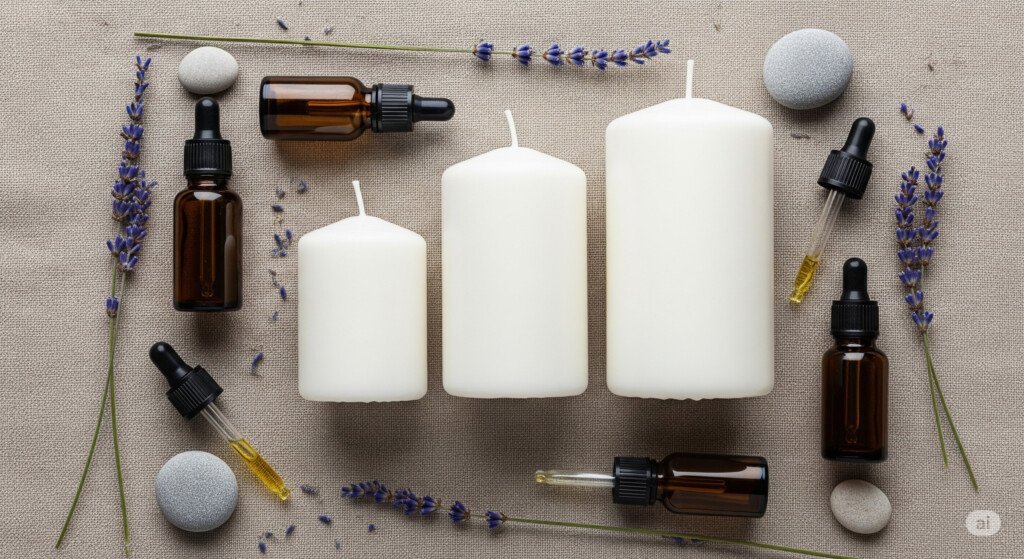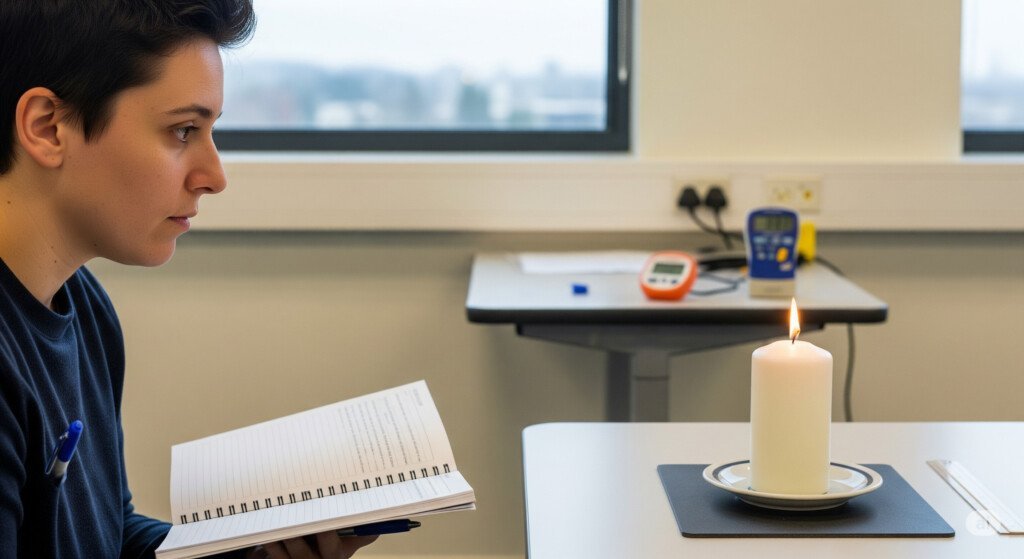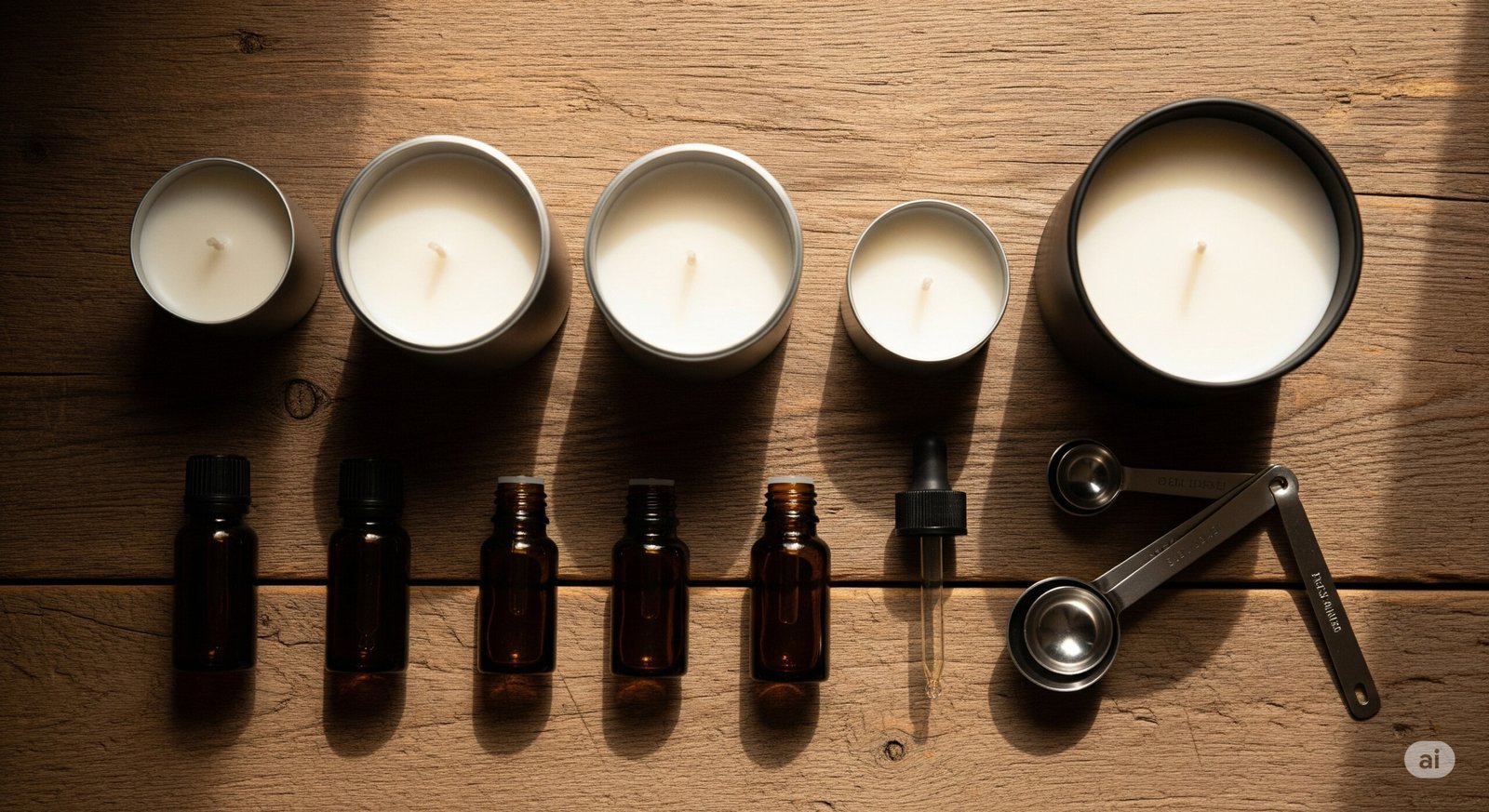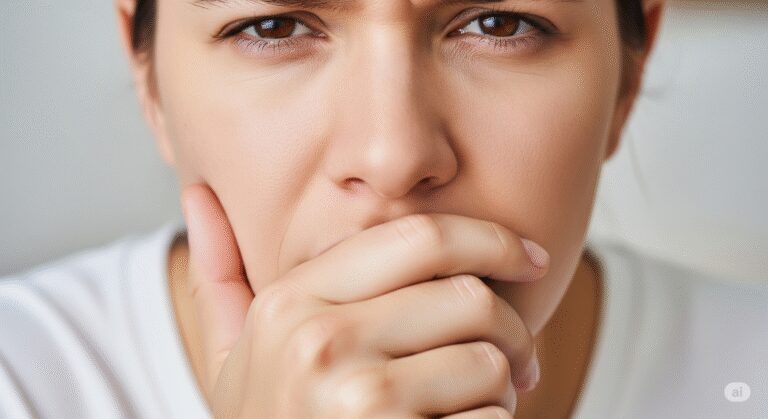How Much Essential Oil to Add to Candle: 5 Vital Safety Tips
How much essential oil to add to candle is a question that many candle makers ask, especially when using essential oils for the first time. Adding the right amount of oil can create the perfect fragrance, but too much can overwhelm the room or even affect how the candle burns.
Thank you for reading this post, don't forget to subscribe!Understanding the Perfect Balance: How Much Essential Oil to Add to Candle
Have you ever found yourself in a peaceful moment, candles flickering softly around you, filling the room with a warm glow and a calming fragrance? There’s something magical about candles. Whether they’re enhancing the atmosphere for a quiet evening at home, helping you unwind after a hectic day, or setting the mood for a romantic dinner, candles can transform any space. But if you’re like me, the idea of how much essential oil to add to candle for that perfect scent can leave you scratching your head.
I’ll never forget my first attempt at making essential oil candles. I had just discovered the world of essential oils and was eager to bring their soothing qualities into my home. I carefully measured my wax, chose my oils, and mixed everything together. But when I lit the candle, I realized I’d added too much oil—an overpowering fragrance flooded the room, giving me a headache instead of calming me down. I learned the hard way that how much essential oil to add to candle is a delicate balance.
In this post, I’m going to walk you through 5 vital safety tips on how much essential oil to add to your candle, ensuring you get the perfect scent without any of the unwanted side effects. I’ll also explore can you put essential oils in a humidifier, and can you use essential oils in candles—because once you know the right amount, the possibilities are endless!
Why Does the Right Amount of Essential Oil Matter?
When it comes to candle making, how much essential oil to add to candle is crucial for achieving the right fragrance balance. Too much essential oil can cause your candle to burn too quickly, while too little might not provide the scent you’re hoping for. The key is finding the perfect amount to suit the size of the candle and the desired scent intensity.
Additionally, there are safety concerns to consider. Overloading your candle with essential oils can lead to harmful fumes when burned, and using the wrong type of essential oil or adding too much of it could also affect the candle’s burning performance.
The right amount of essential oil ensures:
- Even Scent Distribution: When properly blended, the essential oil releases a consistent, pleasant fragrance as the candle burns.
- Longer Burn Time: The proper oil-to-wax ratio ensures the candle burns at the right rate without releasing too much fragrance at once.
- Safe and Effective Use: Using the correct amount of essential oil reduces the risk of toxic fumes or accidental fire hazards.
By following a few simple guidelines, you can make your own candles that fill your home with natural, soothing fragrances—without the overwhelming, toxic effects of synthetic scents.

Tip 1: Know Your Candle Size and Type
When considering how much essential oil to add to candle, the size of the candle plays a significant role. Larger candles require more oil, while smaller candles need fewer drops to achieve the desired scent strength.
Candle Size and Oil Ratio
Here’s a basic guide on how much essential oil to use based on the size of your candle:
- Small Candles (3-5 oz): For smaller candles, use 10-15 drops of essential oil. This amount creates a gentle fragrance that’s perfect for smaller spaces like bathrooms or bedrooms.
- Medium Candles (6-8 oz): A medium-sized candle will need 20-30 drops of essential oil. This will provide a noticeable fragrance throughout a living room or kitchen.
- Large Candles (10+ oz): For larger candles, you’ll need 40-50 drops of essential oil to fill the space with fragrance. Larger rooms, such as living rooms or open areas, will benefit from this amount.
Note: If you’re unsure of how much essential oil to add to your candle, start with the lower end of the range. You can always add more if needed.
Wick Size and Wax Type
Aside from candle size, the type of wick and wax you use can also affect how much oil you need. For example, soy wax holds fragrance better than paraffin, so you may need fewer drops in a soy wax candle. Additionally, wooden wicks tend to produce a softer burn, which might require slightly more oil to achieve a strong fragrance.
Tip 2: Use the Right Essential Oils for Candles
Not all essential oils are the same, and some oils are more suitable for candles than others. The key to making a successful candle lies in the oils you choose and the amount you use.
Which Essential Oils Work Best for Candles?
Here are some popular essential oils that work well in candles:
- Lavender: Known for its calming properties, lavender is one of the most popular essential oils for candles. It’s ideal for creating a relaxing atmosphere in the bedroom or living room.
- Peppermint: A refreshing, invigorating oil, peppermint is great for candles used in kitchens or study areas. It helps with focus and mental clarity.
- Lemon: This bright, citrusy oil is perfect for freshening up a space and providing a clean, uplifting scent.
- Eucalyptus: Ideal for respiratory support, eucalyptus works well in larger rooms and bathrooms, where it can create a fresh, clean aroma.
- Bergamot: Known for its uplifting and mood-boosting properties, bergamot is great for diffusing positivity in your home.
Avoid Certain Oils in Candles
Some essential oils, like clove or cinnamon, can be quite overpowering and should be used sparingly. Additionally, spicy oils tend to burn at a higher temperature and may create an unpleasant, overpowering scent when used in candles.

Tip 3: Measure Your Oils Carefully
When crafting your candle, the measurement of essential oils is essential. Using a dropper can be helpful to ensure precision, especially if you’re using potent oils like peppermint or eucalyptus. These oils are incredibly concentrated, and a little goes a long way.
Best Practices for Measuring Essential Oils for Candles
- Use a Dropper: If you don’t have a dropper, consider purchasing one. A dropper will help you measure the exact number of drops needed without overdoing it.
- Count Drops Slowly: Essential oils are powerful, so add the oils slowly and carefully. It’s better to start with fewer drops and test the fragrance strength before adding more.
- Use a Scale: For more precision, you can weigh the oil to ensure the correct oil-to-wax ratio. A general guideline is 1 ounce of essential oil for every 1 pound of wax.
Don’t Overload Your Candle with Oil
If you’re wondering, can you use essential oils in candles, the answer is yes—but always use the right amount. Overloading your candle with oils can lead to burning issues, like the candle burning too fast or the scent being too overpowering. Stick to the recommended amount based on the candle’s size.

Tip 4: Consider Wax and Burn Time
The type of wax you use also plays a role in how much oil to add. Some waxes hold fragrance better than others, which means you might not need to use as much oil.
Wax Type and Oil Absorption
- Soy Wax: Soy wax is known for its ability to hold fragrance better than most other types of wax. If you’re using soy wax, you can typically use fewer drops of essential oil compared to paraffin wax.
- Beeswax: Beeswax holds fragrance beautifully, but it tends to be more expensive. For this reason, you might want to start with fewer drops of essential oil and add more if necessary.
- Paraffin Wax: Paraffin wax tends to be more porous, meaning it absorbs oil less efficiently. Therefore, you may need to use more oil to get the desired fragrance.
Burn Time and Fragrance Strength
When you add essential oils for candles, it’s important to think about how long you want the candle to burn. If you’re using a longer-lasting wax like soy, you may want to add more essential oil to ensure the fragrance lasts throughout the burn time.
Tip 5: Safety Precautions and Testing
When adding essential oils to candles, safety should always be a priority. Although essential oils are natural, they are highly concentrated, and improper use can lead to issues. Here are a few key safety tips:
Essential Oil Safety for Candle Making
- Never Add Essential Oils to an Open Flame: Always add the oils to the melted wax before it cools down. Adding them to the flame directly can create dangerous fumes and potentially harmful effects.
- Test Your Candles: After your candles are made, burn them in a safe area for at least 30 minutes to ensure that the scent is pleasant and that the candle burns correctly.
- Use the Right Wick Size: The size of the wick plays a crucial role in ensuring your candle burns properly. A wick that’s too large can cause the candle to burn too fast, while a wick that’s too small may not distribute the fragrance effectively.

Conclusion: The Perfect Candle Awaits
Understanding how much essential oil to add to candle is the first step in creating the perfect, natural candle for your home. By following these 5 vital safety tips, you can make beautiful, fragrant candles that will fill your space with comforting, therapeutic aromas. From choosing the right oils and wax to measuring carefully and testing your candles, every step is essential for achieving the best results.
Experiment with different essential oils, and find the scents that work best for your home. Whether you’re looking for a relaxing atmosphere with lavender or an invigorating vibe with peppermint, the right candle can set the tone for any space.
FAQ
1. How much essential oil should I add to my candle?
For a small candle (3-5 oz), use 10-15 drops. For medium candles (6-8 oz), use 20-30 drops, and for large candles (10+ oz), use 40-50 drops.
2. Can I use essential oils in candles?
Yes, you can! Just be sure to add them to the melted wax, not the flame, and always use pure, therapeutic-grade oils.
3. What’s the best essential oil for candles?
Lavender, peppermint, eucalyptus, and lemon are great choices. Choose oils that match the mood you want to create.
4. How do I test my homemade candles?
After making your candles, burn them for at least 30 minutes to ensure the fragrance is pleasant and the candle burns evenly.
5. Can you use essential oils in a humidifier?
Yes, essential oils for humidifier use can be effective, but only if your humidifier is designed to work with oils. Always check the manufacturer’s instructions before adding essential oils.
Disclaimer:
This post may contain affiliate links. If you purchase through them, we may earn a small commission at no extra cost to you. Also, this content is for informational purposes only and does not substitute professional medical advice.





